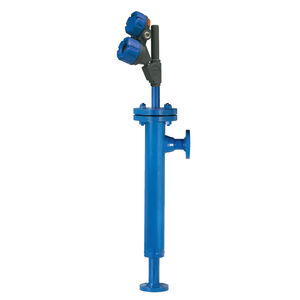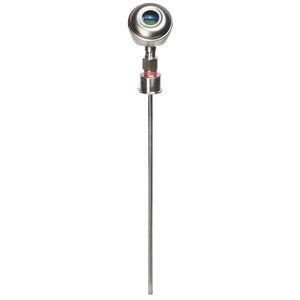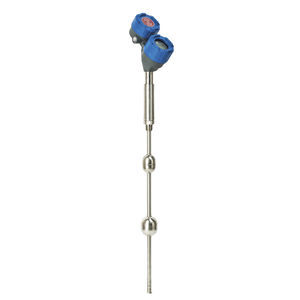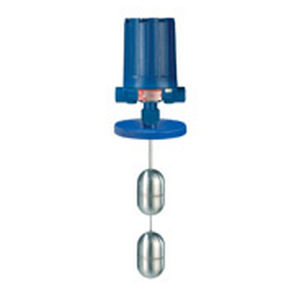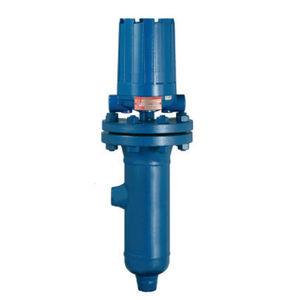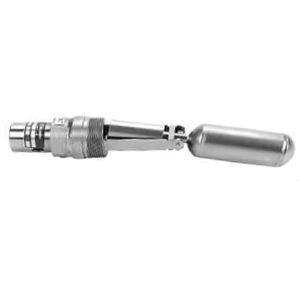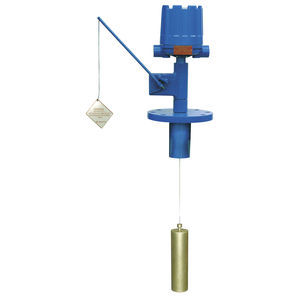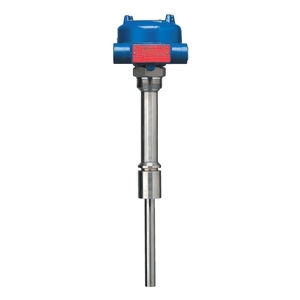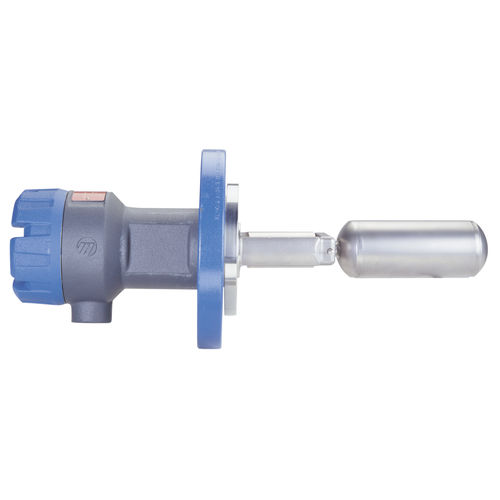
- Products
- Catalogs
- News & Trends
- Exhibitions
Magnetic float level switch Tuffy® IIfor liquidsfor tankthreaded





Add to favorites
Compare this product
Characteristics
- Technology
- magnetic float
- Medium
- for liquids
- Applications
- for tank
- Mounting
- threaded, flange, side-mount, horizontal, fixed
- Other characteristics
- compact
- Process temperature
Max.: 400 °C
(752 °F)Min.: -54 °C
(-65 °F)- Process pressure
181 bar
(2,625.18 psi)
Description
The Tuffy® II buoyancy level switches are float-actuated devices designed for horizontal mounting in a tank or vessel through threaded or flanged pipe connections. The compact size allows for installation in small vessels, while its many features provide a variety of application uses. The single switch mechanism is available in SPDT or DPDT forms on units designed for fixed or adjustable, narrow or wide differential and interface service levels.
All float operated liquid level controls operate on the basic buoyancy principle which states "the buoyancy force action on an object is equal to the mass of liquid displaced by the object." As a result, floats ride on the liquid surface partially submerged and move the same distance the liquid level moves. Because of this, they are normally used for narrow level differential applications such as high level alarm or low level alarm.
Single electric switch for high or low level alarm or control functions
Spacious switch wiring compartment
NACE and/or ASME B31.3 construction
Specific gravity as low as 0.40
OPTIONS
Narrow or adjustable level differential
Silver or gold switch contacts
SPDT or DPDT dry contact or hermetically-sealed switches
External mounting chambers
Hastelloy C wetted parts
Catalogs
Related Searches
- MAGNETROL level switch
- MAGNETROL liquid level switch
- Level probe
- Liquid level probe
- MAGNETROL float level switch
- Analog level probe
- MAGNETROL level transmitter
- MAGNETROL stainless steel level switch
- Digital output level sensor
- MAGNETROL liquid level transmitter
- MAGNETROL threaded level switch
- MAGNETROL analog level transmitter
- Storage tank level probe
- MAGNETROL magnetic float level switch
- Liquid level indicator
- MAGNETROL tank level switch
- Flow sensor
- Plastic level switch
- MAGNETROL digital output level transmitter
- Flow switch
*Prices are pre-tax. They exclude delivery charges and customs duties and do not include additional charges for installation or activation options. Prices are indicative only and may vary by country, with changes to the cost of raw materials and exchange rates.







